Best Practices Articles

Engineering the Future of RevOps: Kyle Hayes on PartnerOps and Ecosystem Leadership
In the digital transformation era and rapid technological advancement, the foundation of go-to-market excellence is no longer limited to sales and marketing alignment. It now requires a deep, structural understanding of how people, processes, and platforms interlock to drive scalable growth — the core of effective PartnerOps. Few individuals illustrate this principle more clearly than Kyle Hayes, Founding Partner of Ecosystem Revenue Dynamics. In his conversation with Sugata Sanyal, Founder and CEO of ZINFI, Hayes outlines how his engineering background laid the groundwork for a career in strategic revenue design, emphasizing the growing need for operational leadership rooted in systems thinking.
Kyle’s journey from engineering roles at IBM and Microsoft to consulting on revenue ecosystems isn’t just an individual success story—it reflects a broader trend in the evolution of RevOps. As companies shift toward ecosystem-based models, integrating internal functions with external partner networks increases complexity. Managing this complexity requires a robust PartnerOps infrastructure capable of orchestrating various inputs, from channel tech stacks and automation tools to AI-driven analytics and partner enablement programs.
Hayes makes a compelling case for treating Partner Operations not as an auxiliary function but as a vital component of strategic execution. Drawing from engineering principles like process optimization, modular system design, and scalability, he argues that the only way to achieve durable, repeatable growth is through operational frameworks that embed RevOps and PartnerOps within a unified ecosystem. This article deeply explores his perspective, offering insights into how organizations can bridge the gap between technical architecture and revenue orchestration.
🎥 Watch the Full Video Podcast
How Engineering Principles Shape RevOps Thinking
Engineering is fundamentally about solving complex problems through systems. Unsurprisingly, Kyle Hayes sees parallels between engineering and revenue operations. His early career at IBM and later Microsoft gave him a front-row seat to how large enterprises use infrastructure to scale with precision. According to Hayes, what distinguishes engineering-driven thinkers in RevOps is their ability to connect the dots between disparate functions. This ability becomes invaluable in organizations struggling with siloed data, disconnected processes, and overlapping technologies.
RevOps, as Hayes describes it, is the revenue engine’s command center, designed to unify sales, marketing, customer success, and finance under one operational umbrella. Yet, for all the advancements in this space, many RevOps initiatives still falter due to incomplete system integration or lack of scalability. This is where engineering thinking offers a distinct advantage. Concepts such as modularity, system reliability, redundancy planning, and workflow orchestration can be directly applied to operationalize revenue models at scale. For example, building a modular tech stack allows for faster iteration and lower risk when replacing or upgrading components, which is critical as platforms evolve.
Importantly, this mindset is not confined to internal operations. Hayes emphasizes that engineering logic must extend into how companies manage their external ecosystems. In this context, ecosystem orchestration enables seamless coordination between internal revenue functions and partner-facing motions through shared platforms and automated workflows. Just as a well-engineered system anticipates failure points and builds in resilience, a well-structured Partner Operations function anticipates process friction and eliminates it through proactive design.
What sets Hayes apart is his grasp of technical infrastructure and his application of those principles to organizational strategy. In his view, a company’s ability to grow revenue consistently depends less on individual sales performance and more on whether its technical and human systems can scale harmoniously. This insight reframes RevOps and PartnerOps not as tactical roles but strategic levers that deserve engineering-grade design and investment.

PartnerOps as a System of Ecosystem Enablement
Where RevOps traditionally focused inward—on alignment between internal revenue-generating teams—PartnerOps expands the lens outward. It acts as the connective tissue between the business and its ecosystem of resellers, distributors, consultants, and co-sell partners. Hayes stresses that Partner Operations is still an afterthought in many organizations, managed through disconnected tools or buried within channel teams without operational oversight. This leads to inconsistent enablement, fragmented data, and a lack of visibility into partner performance. To overcome this, Hayes advocates treating PartnerOps as a first-class citizen in the revenue engine. That means investing in the same level of process rigor, tech stack integration, and automation used in core RevOps. He directly compares onboarding a new employee and onboarding a new partner—both require structured workflows, guided enablement paths, goal alignment, and real-time performance tracking. When Partner Operations operates with this level of precision, it accelerates partner time-to-value and feeds high-quality data back into the broader ecosystem. This structured approach becomes even more critical as companies adopt complex channel strategies. Partner enablement today isn’t limited to sales training or product certifications; it includes co-marketing tools, lead-sharing systems, revenue attribution frameworks, and compliance protocols. Managing this complexity requires a foundational PartnerOps layer that supports cross-functional collaboration and real-time coordination between internal and external contributors. Without it, even the best strategic alliances struggle to achieve ROI.
Hayes notes that the shift toward ecosystem orchestration requires a mindset change: from managing partners reactively to enabling them proactively. That means moving beyond basic partner portals into intelligent, AI-supported workflows that guide partner behavior, predict channel performance, and optimize engagement. The infrastructure that supports this transformation must be engineered, not assembled on the fly. And that infrastructure lives within a mature, data-driven PartnerOps function, embedded inside a broader RevOps framework.
The Crossroads of Ecosystem Orchestration and Strategic Growth
As ecosystems become the dominant force in go-to-market execution, companies that fail to operationalize their partner strategies risk falling behind. Kyle Hayes argues that ecosystem orchestration isn’t simply about expanding partner reach but strategically coordinating value creation across a network. And that coordination can’t happen without integrating RevOps and PartnerOps at the infrastructure level.
This level of orchestration demands shared systems, shared data, and shared accountability. Hayes cites examples where co-selling programs floundered because internal and external teams operated on different CRMs, used different success metrics, and lacked a unified view of deal status. In contrast, companies centralizing ecosystem data within a unified RevOps environment can automate handoffs, standardize performance tracking, and accelerate time-to-close.
Technology plays a significant role in enabling this vision. The rise of AI in channel strategy offers unprecedented opportunities for real-time scoring, lead routing, and predictive analytics. However, as Hayes cautions, AI can only deliver impact when fueled by structured, reliable data, which means the systems collecting that data must be engineered with care. Here again, PartnerOps proves indispensable. It ensures that partner activities, certifications, and outcomes are captured in a way AI tools can consume and act upon.
At the intersection of RevOps and PartnerOps lies a new go-to-market success model that blends engineering precision with revenue strategy. Hayes believes organizations embracing this model will gain efficiency and agility, an essential trait in today’s dynamic markets. The companies that lead in ecosystem orchestration won’t be those with the most partners, but those with the best management systems. And at the heart of those systems is a mature, strategically empowered Partner Operations function.

Conclusion
Kyle Hayes’ insights remind us that the future of revenue growth isn’t just about bigger pipelines or faster close rates—it’s about infrastructure. As partnerships become central to competitive differentiation, companies must build systems that support scale, agility, and insight. That starts with rethinking Partner Operations not as a siloed function but as an engineered solution for ecosystem enablement.
Organizations that apply engineering principles to their RevOps and PartnerOps structures will be better equipped to manage complexity, integrate automation, and orchestrate value across internal and external channels. Whether it’s modular tech stacks, data governance models, or AI-assisted decision-making, these systems require strategic planning and long-term investment. The rewards, however, are substantial: faster partner activation, improved visibility, better alignment, and ultimately, a more resilient revenue engine.
In a world where go-to-market success hinges on collaboration, Partner Operations emerges as the linchpin of ecosystem orchestration. When engineered correctly, it empowers companies to treat partners as not just sales channels but strategic growth accelerators. RevOps and PartnerOps lay the groundwork for a new era of sustainable, ecosystem-led revenue generation by fusing operational rigor with ecosystem intelligence.
Best Practices Guidebook
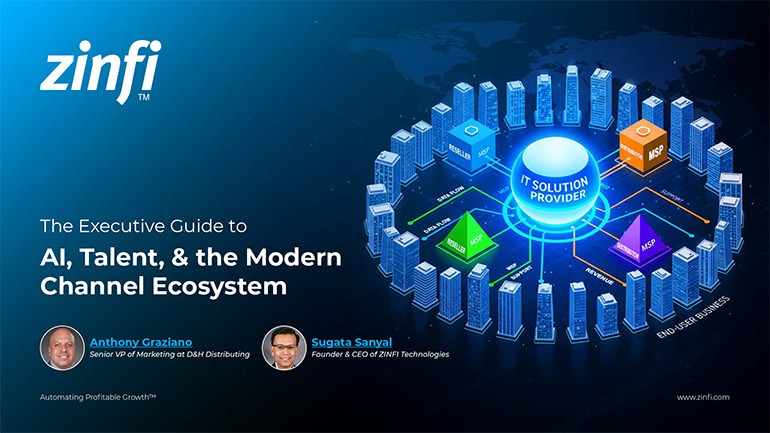 Modernizing Channel Marketing: AI and Ecosystem Enablement Best Practices
Modernizing Channel Marketing: AI and Ecosystem Enablement Best PracticesDownload for FREE
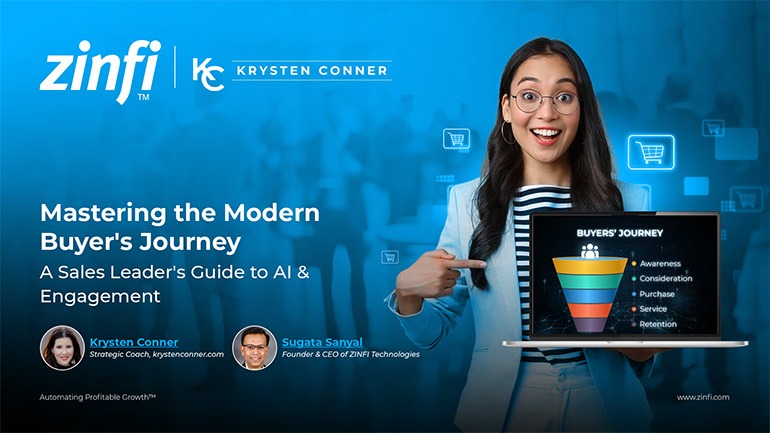 The Channel’s Shift to Partner-Led With AI Best Practices
The Channel’s Shift to Partner-Led With AI Best PracticesDownload for FREE
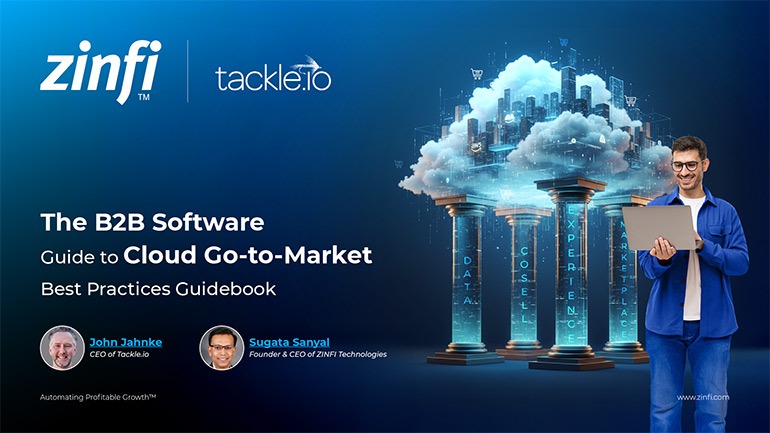 Hyperscalers, ISVs, and AI: Shaping the Future of B2B Software Distribution
Hyperscalers, ISVs, and AI: Shaping the Future of B2B Software DistributionDownload for FREE
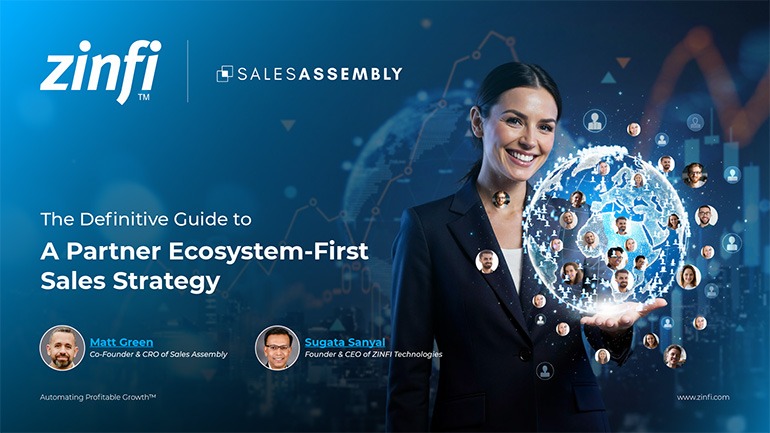 Definitive Guide to a Partner Ecosystem-First Sales Strategy
Definitive Guide to a Partner Ecosystem-First Sales StrategyDownload for FREE
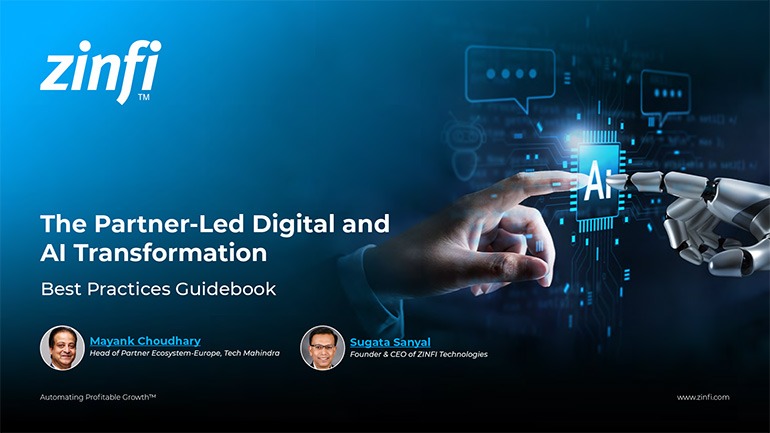 The Partner-Led Digital and AI Transformation Best Practices
The Partner-Led Digital and AI Transformation Best PracticesDownload for FREE
 Startup Talent Recruitment: Hiring Missionaries, Not Mercenaries
Startup Talent Recruitment: Hiring Missionaries, Not MercenariesDownload for FREE
 The Future of Partner Relationship Management with AI in Partnerships
The Future of Partner Relationship Management with AI in PartnershipsDownload for FREE
 Cybersecurity for the 99%: Strategies from the Frontline
Cybersecurity for the 99%: Strategies from the FrontlineDownload for FREE
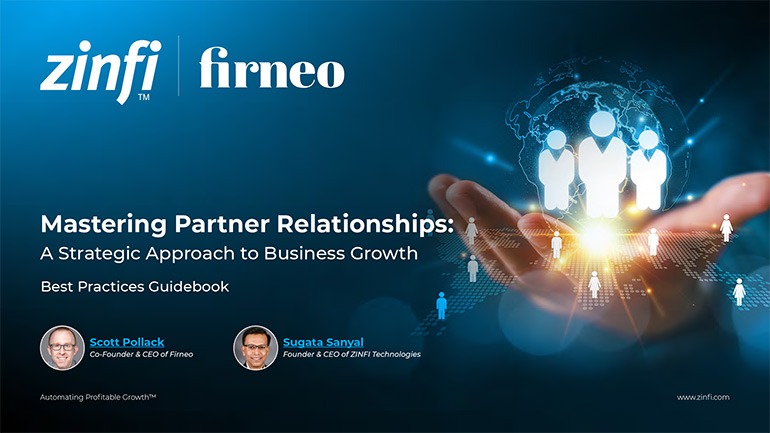 Mastering Partner Relationships: A Strategic Approach to Business Growth
Mastering Partner Relationships: A Strategic Approach to Business GrowthDownload for FREE
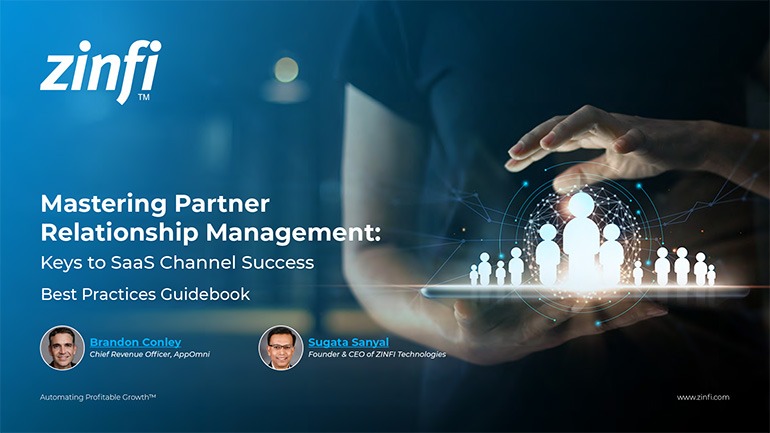 Mastering Partner Relationship Management: Keys to SaaS Channel Success
Mastering Partner Relationship Management: Keys to SaaS Channel SuccessDownload for FREE
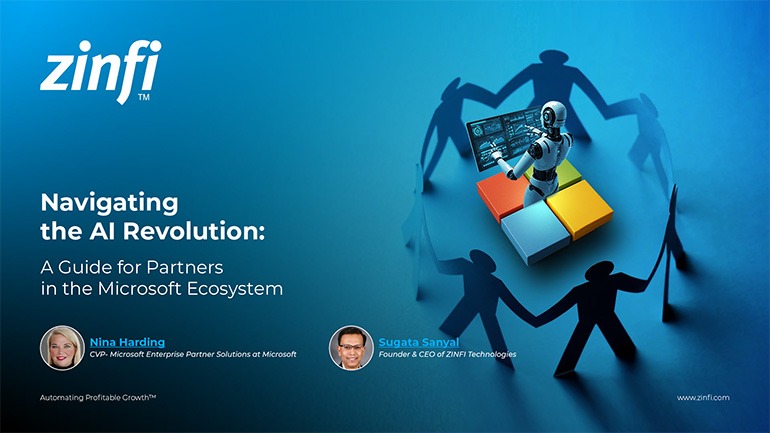 Navigating the AI Revolution: Guide for Partners in the Microsoft Ecosystem
Navigating the AI Revolution: Guide for Partners in the Microsoft EcosystemDownload for FREE
 Mastering the Modern Buyers Journey: Sales Leader’s Guide to AI & Engagement
Mastering the Modern Buyers Journey: Sales Leader’s Guide to AI & EngagementDownload for FREE










